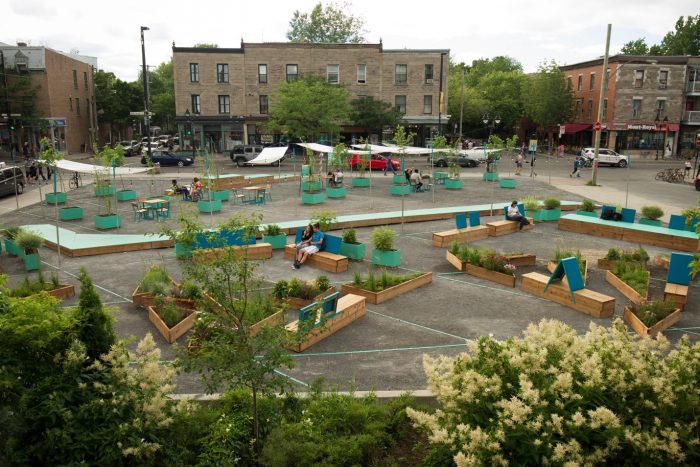
Photo credit: Harold Cassière
By Cynthia Tarlao and Edda Bild
We all know that context matters: where and who we are matter just as much as what we are doing in any given moment of life. I might enjoy having my lunch as I people-watch in a square, surrounded by the sounds of others and maybe by the soft hum of cars, but would you?
In a series of studies, including modeling of on-site factors and various laboratory experiments, Sounds in the City has investigated the many ways in which context matters particularly for soundscape assessment.
In laboratory experiments, we showed that what we call ‘situational factors’ like location, day, and time of use shape our perceptions of the sound environment regardless of expectations we might have had before using a space. All those factors are evidently closely tied to the sound levels in a space, but also influence other evaluations of one’s soundscape. For example, a quieter location is judged more pleasant and less eventful than a noisier location or afternoons are generally evaluated as less calm and more eventful than evenings, while weekends are more eventful than weekdays.
Meanwhile, on-site studies hinted at other factors that are not directly related to sound levels, most notably the level of social interaction, that is, if a person is alone or with others. Our results show that people in groups find their soundscape more pleasant and less eventful than solitary users, potentially because they are focusing their attention on the other(s) they are with.
Further factors come into play, and we have also investigated a selection of ‘personal factors’, like extraversion, gender, age, and noise sensitivity. We found that, for example, the more extraverted people are, the less eventful they find their soundscape. And that women and younger people find their soundscape more pleasant and less eventful, which can be related to the fact that they go out in groups more than men and older people, respectively.
Finally, sensitivity to noise is an important factor that, understandably, lowers the perceived pleasantness of a soundscape. Researchers have long known that women and older people are more sensitive to noise than men and younger people, which means these populations tend to find their soundscape less pleasant as their noise sensitivity increases.
While we are only beginning to scratch the surface of the complexity of factors that influence how we evaluate soundscapes, it is essential to keep in mind that context matters and that designing spaces must take into account this myriad of experiences.